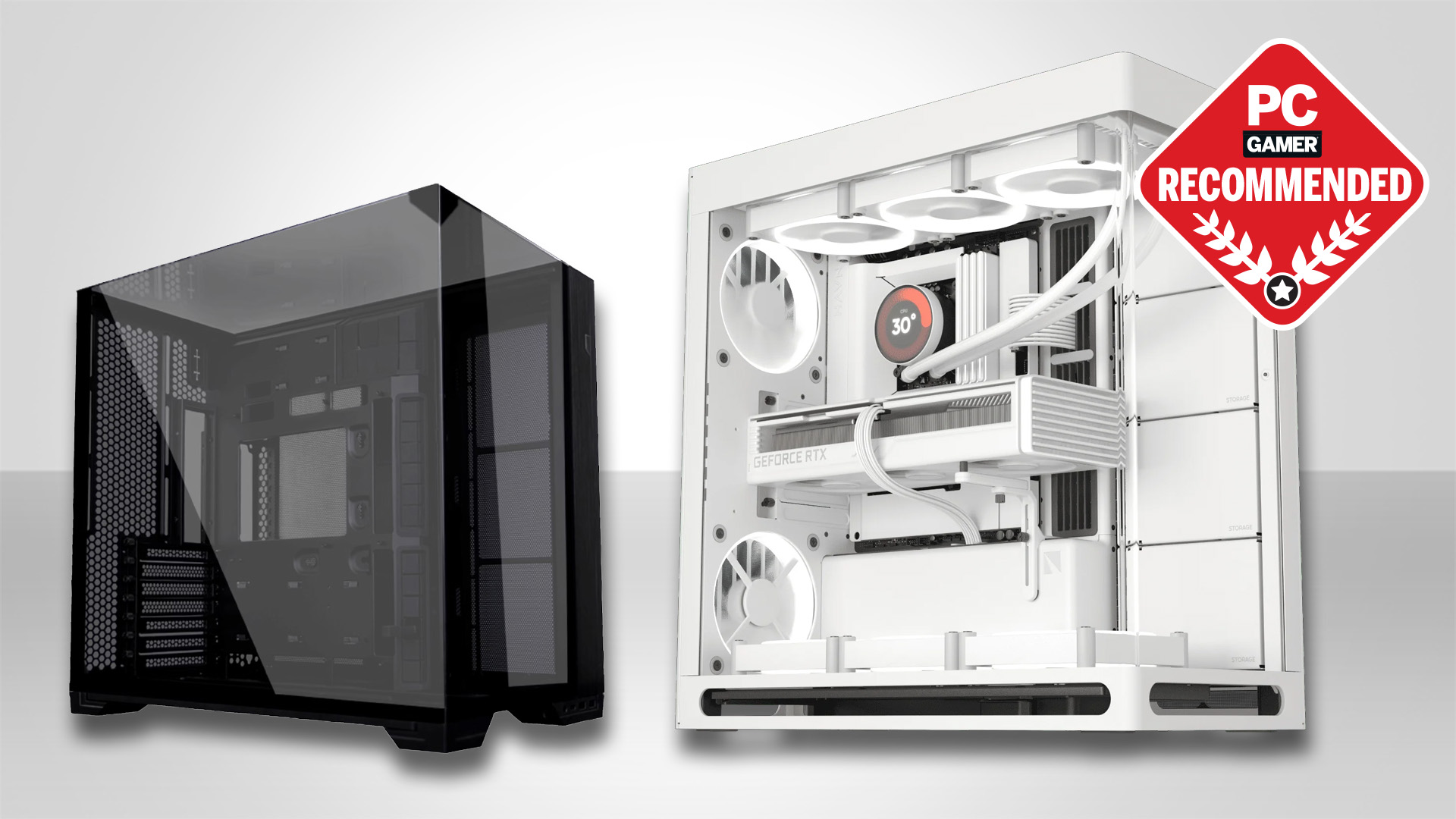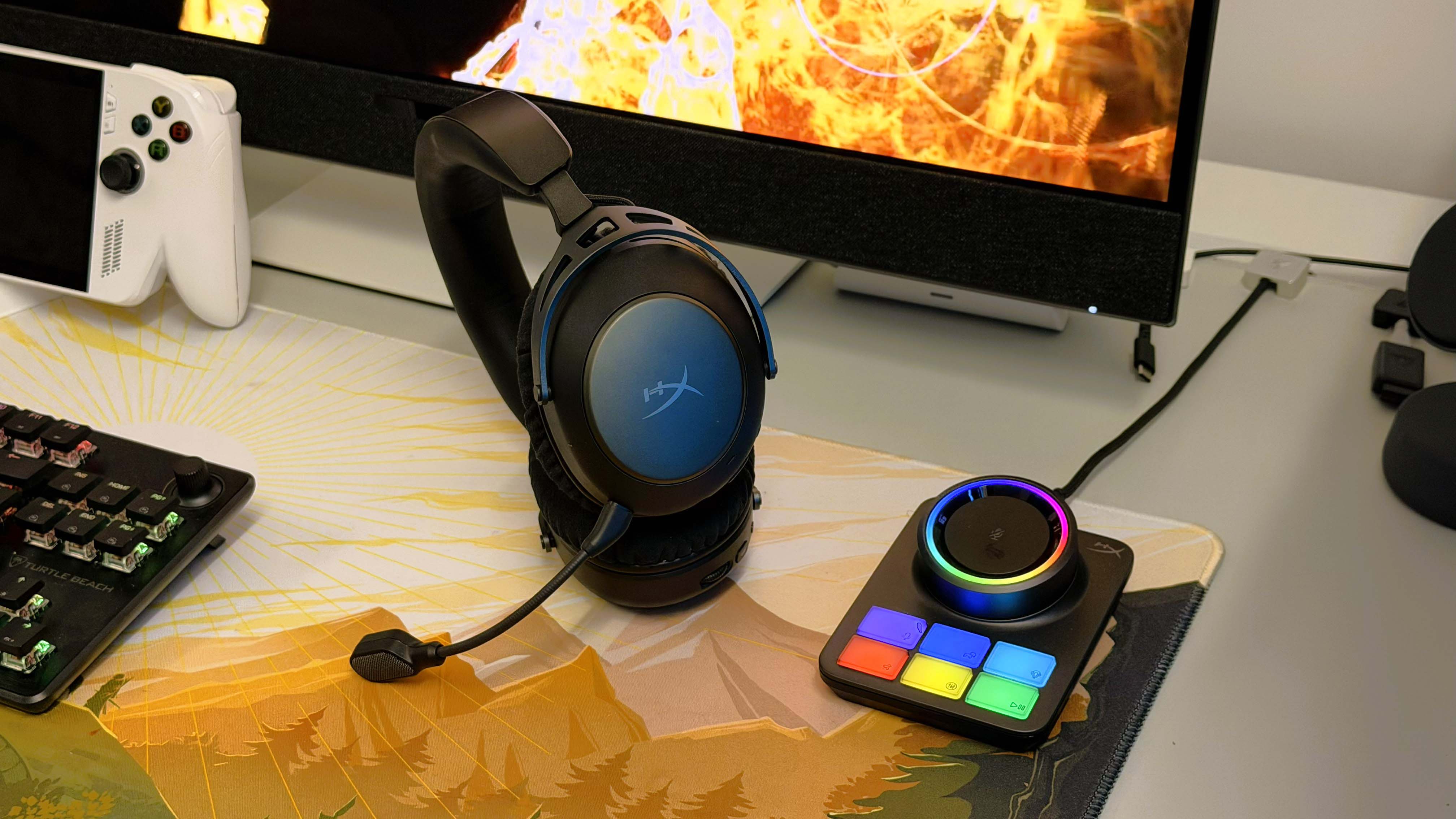Pimax's fancy-looking Dream Air SE Micro-OLED VR headset weighs under 150 grams and is much more affordable than the standard model
If you can call $899 affordable, I guess.
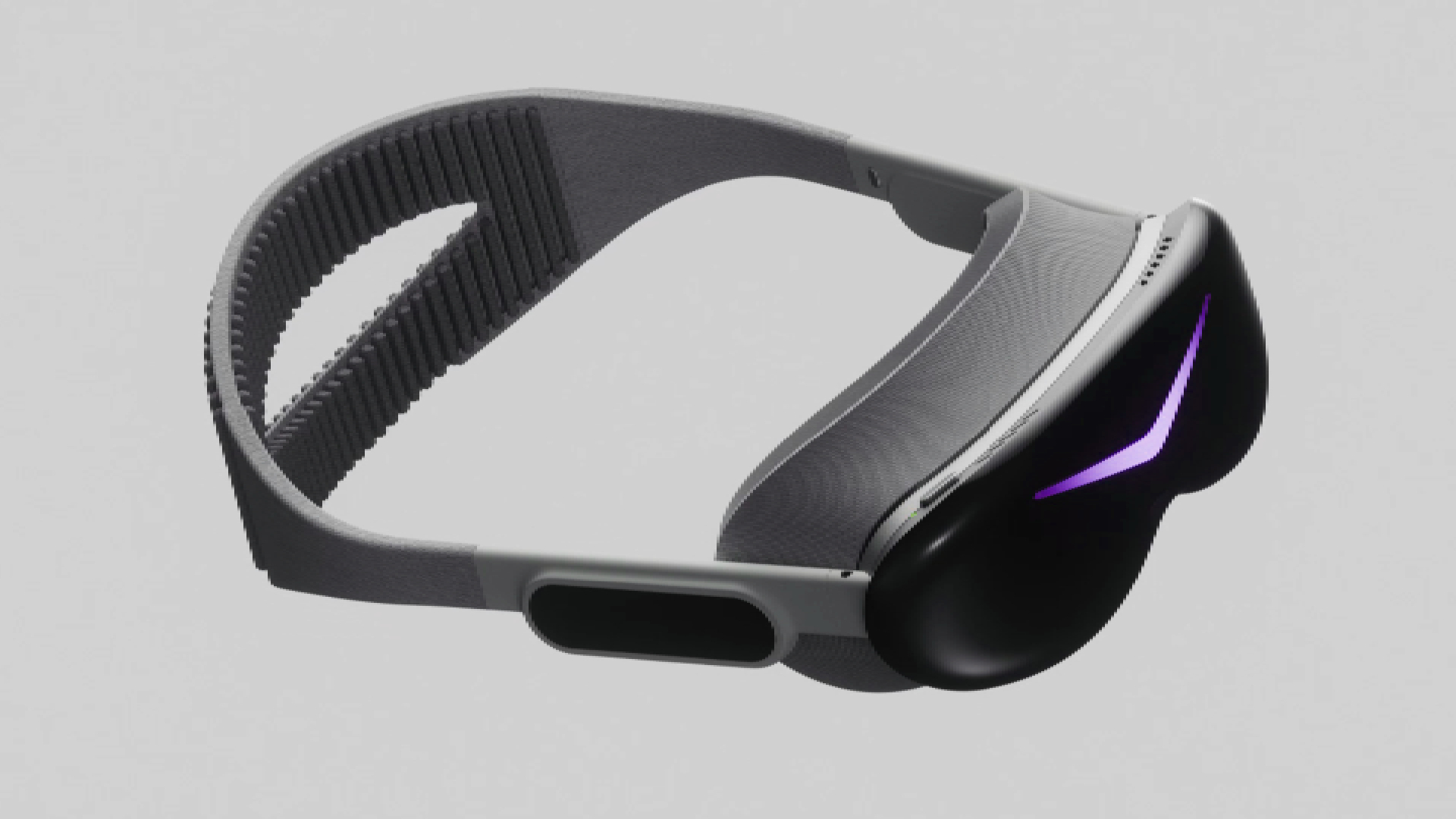
While OLED gaming monitors might be a stretch goal for many of us, miniature versions are already being crammed into VR headsets. Much like their bigger, desktop-dwelling cousins, however, the price can be pretty prohibitive. Pimax may be bucking that trend, as it's announced the Dream Air SE, a lighter weight, slightly lower-specced version of its Dream Air Micro-OLED VR headset with a much cheaper pre-order price than the standard model.
It's still $899 for the Lighthouse version, which comes without controllers. Boo. Still, that's a full $1,000 cheaper than the non-SE controllerless version, and what you're getting in the headset itself is still pretty impressive.
Two 2,560 x 2,560 resolution Micro-OLED panels sat behind tailored pancake lenses, for a start. That's not quite as impressive as the 3,840 x 3,552 resolution Sony versions you'll find in the standard Dream Air, but the SE should be much less hardware-demanding as a result. And it's still a fair few more pixels than the 2,064 x 2,208 you'll find in each LCD panel of our current best VR headset pick, the Meta Quest 3.
Plus you get integrated audio and eye tracking, and the whole headset weighs less than 150 grams, which makes it significantly lighter than many traditional headsets I've strapped to my skull over the years. It's a downright gorgeous-looking design, too, if you're into the "I-just-fell-through-an-Apple-factory-in-Cyberpunk-2077" aesthetic.
Should you wish for the luxury of included controllers (and Pimax's camera-based Simultaneous Localization and Mapping technology, negating the need for a base station tracking solution), you'll be looking at a total cost of $1,199. The best VR headsets we've tested to date are significantly cheaper than that, but none of them come with Micro-OLED screens, and they don't come cheap.
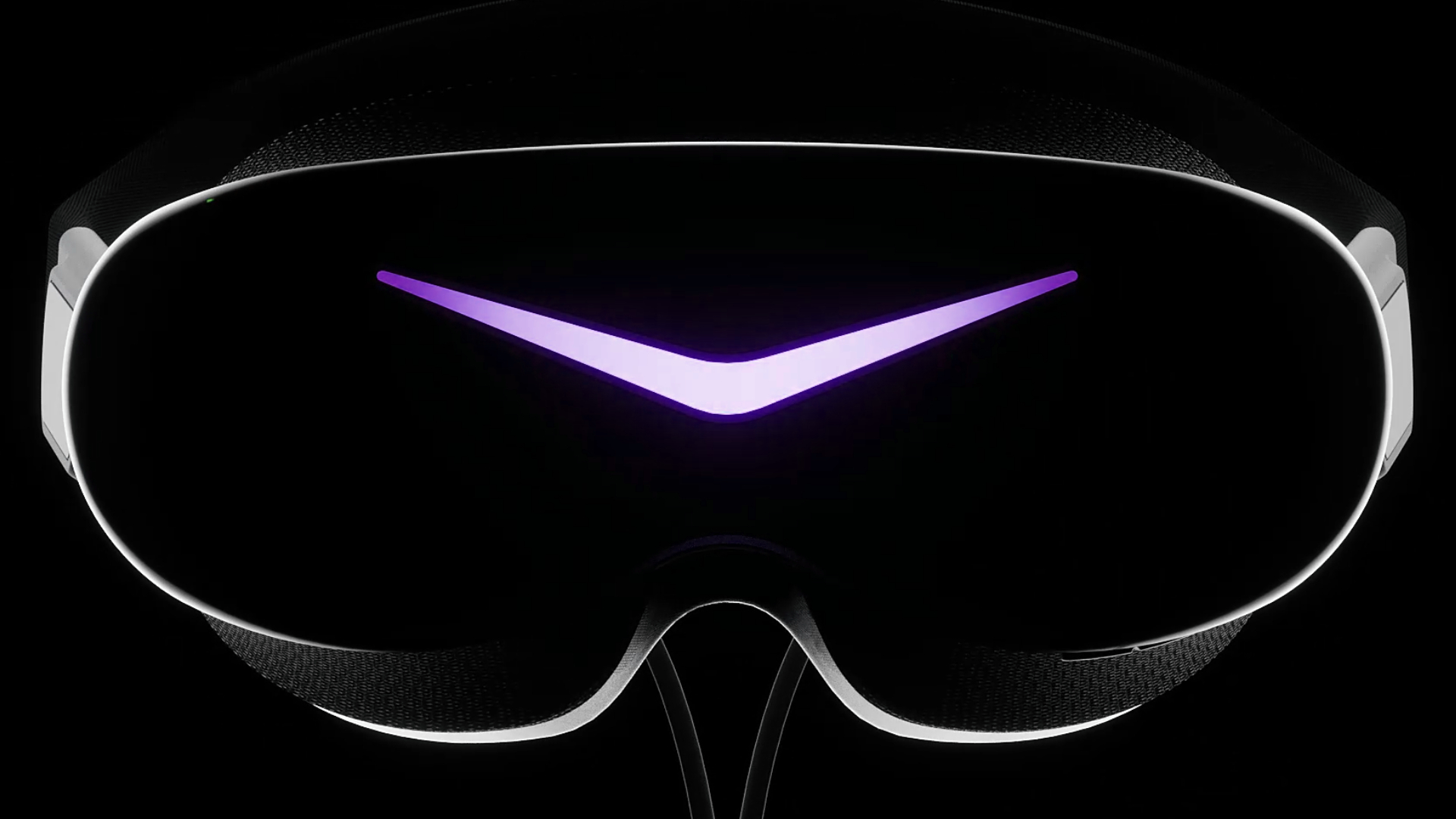
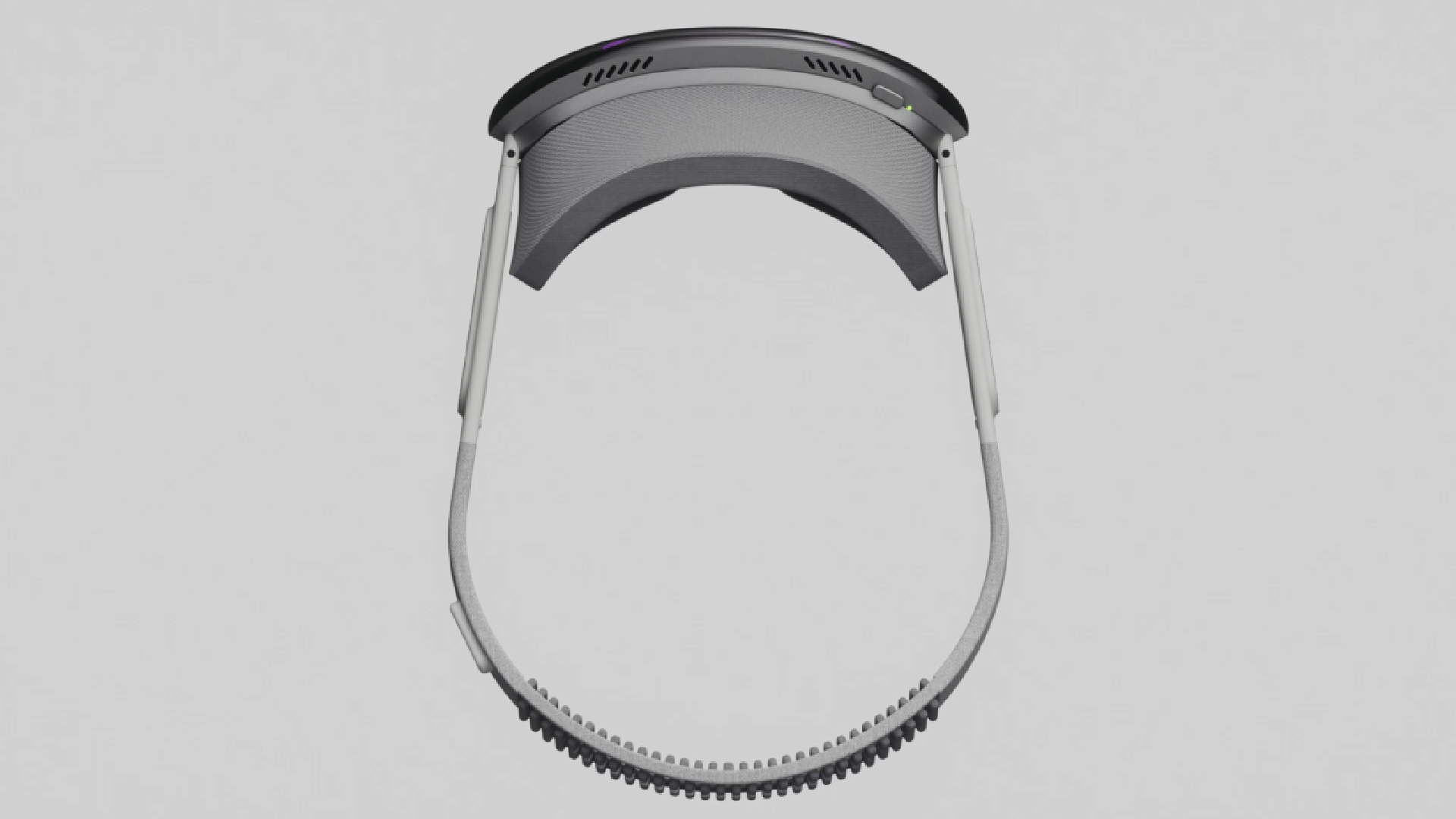
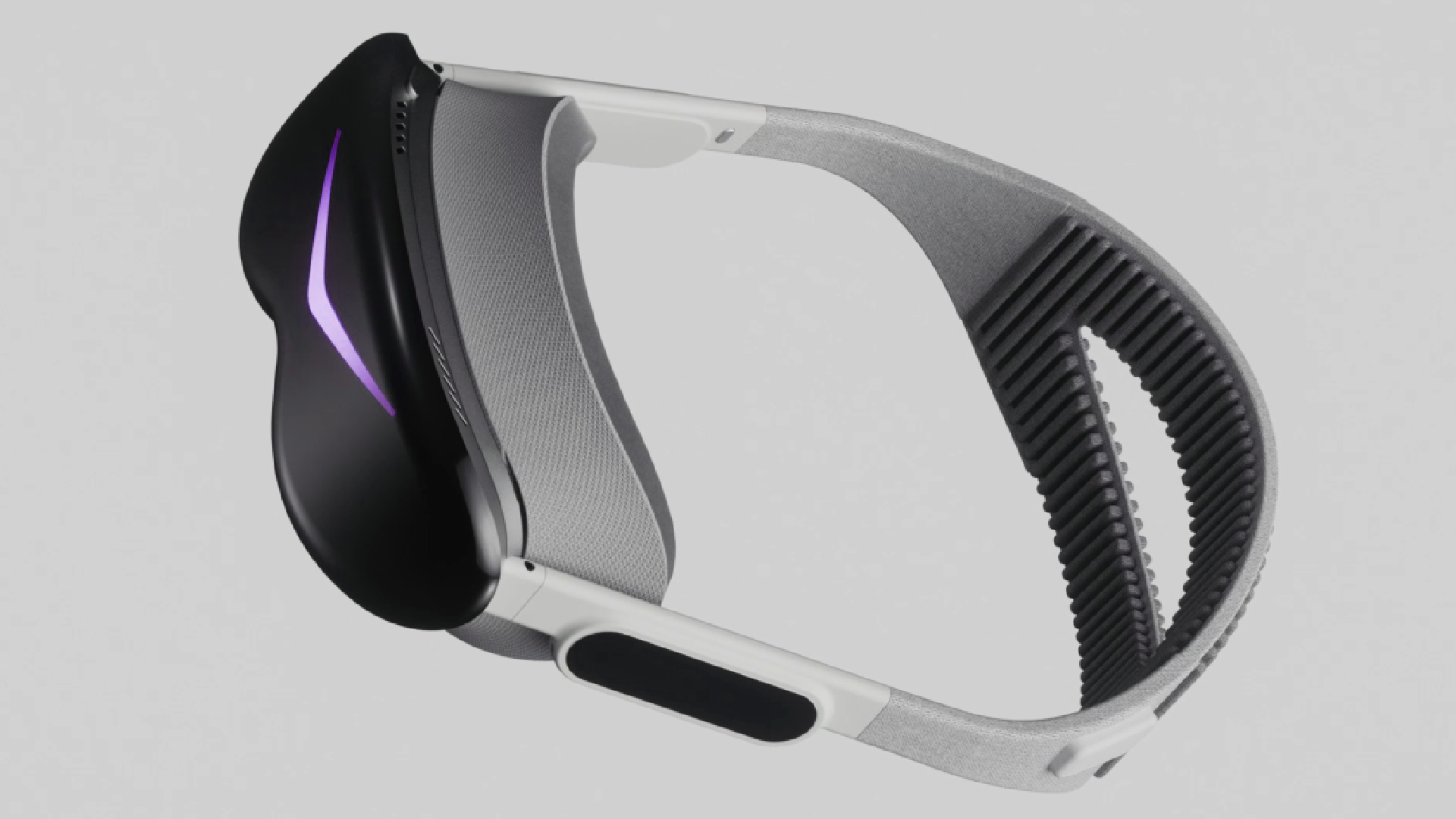
That price isn't exactly chump change, granted—but compared to the $2,099 you'd pay for the controller-including regular Dream Air (or the ludicrous $3,499 you'd pay for an Apple Vision Pro), I'd say it's a relatively reasonable sum.
If that's still too pricey a proposition to pay in one go, you could take a look at the Pimax Prime membership program, which lets you pay off the base price of a headset before paying instalments on the rest, with a discount available for the one-off payment in relation to the standard retail price.
Keep up to date with the most important stories and the best deals, as picked by the PC Gamer team.
It's all a bit overcomplicated if you ask me, but if Micro-OLED VR is where your dreams lie but the price is holding you back, it's probably worth considering.
I haven't had a chance to get hands-on with the Dream Air myself, but I did visit the Pimax booth at CES 2025 for a play around with its Crystal Light VR headset, and the results were impressive.
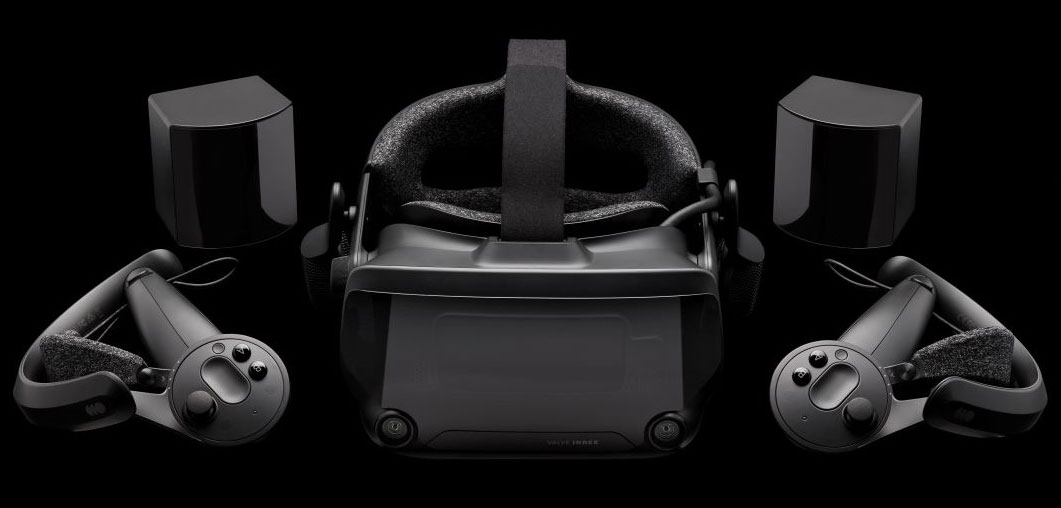
Best VR headset: which kit should you choose?
Best graphics card: you need serious GPU power for VR
Best gaming laptop: don't get tied to your desktop in VR
I've never been particularly sold on VR in general, but as a newly-discovered flight sim fan I have to say it really adds something to the experience of bombing around in a fighter jet in DCS World.
Plus, our main critique of the Pimax Crystal Light is its overall bulkiness. The Dream Air and Dream Air SE look downright svelte by comparison, which matters when you plan on wearing something attached to the front of your face for a sweaty, adrenaline-filled gaming session.
Now, where did I put my wallet? Oh, that's right—I've locked it away to prevent myself from buying more gorgeous tech I don't necessarily need. Want, though? Most definitely.

Andy built his first gaming PC at the tender age of 12, when IDE cables were a thing and high resolution wasn't—and he hasn't stopped since. Now working as a hardware writer for PC Gamer, Andy spends his time jumping around the world attending product launches and trade shows, all the while reviewing every bit of PC gaming hardware he can get his hands on. You name it, if it's interesting hardware he'll write words about it, with opinions and everything.
You must confirm your public display name before commenting
Please logout and then login again, you will then be prompted to enter your display name.
